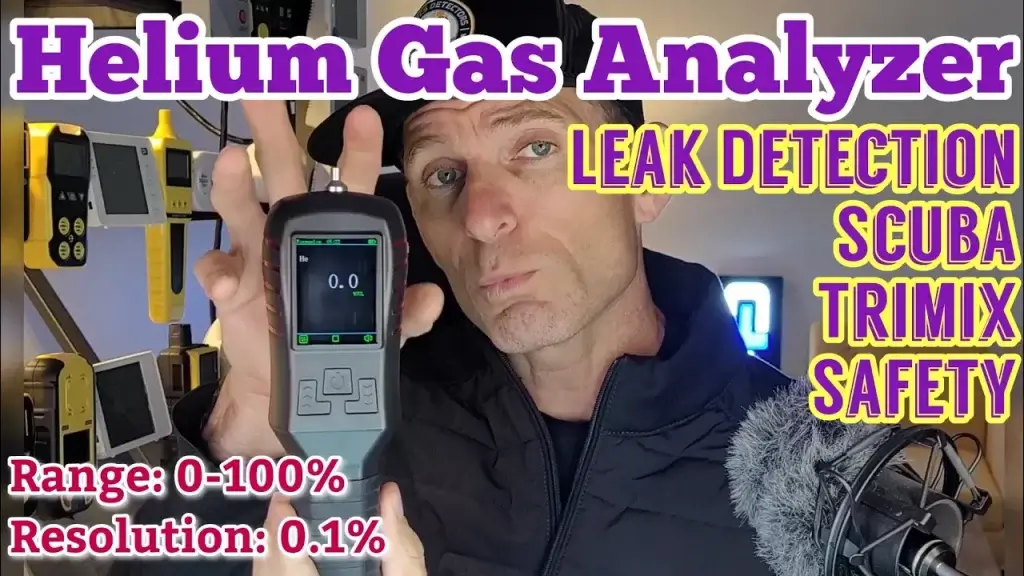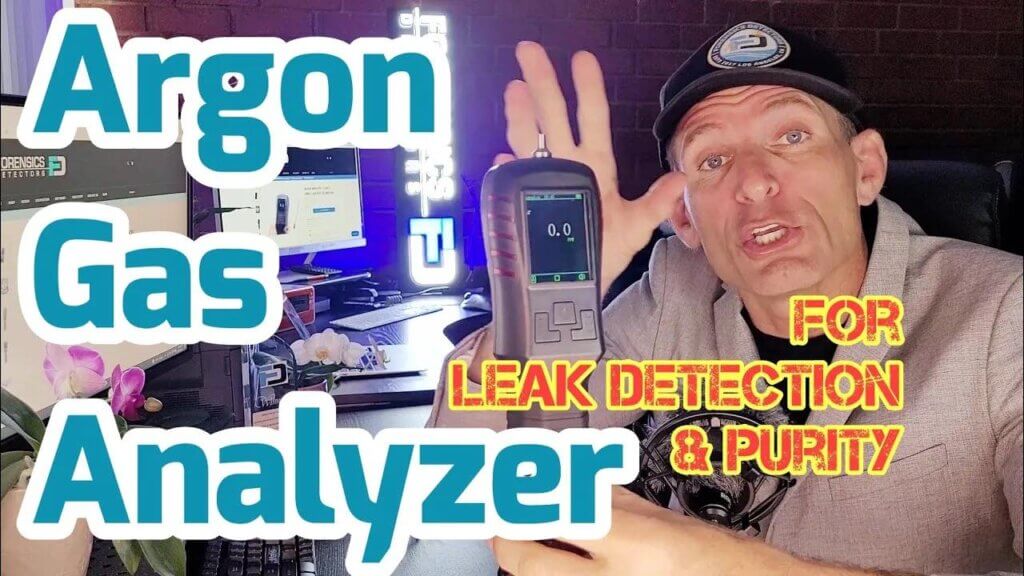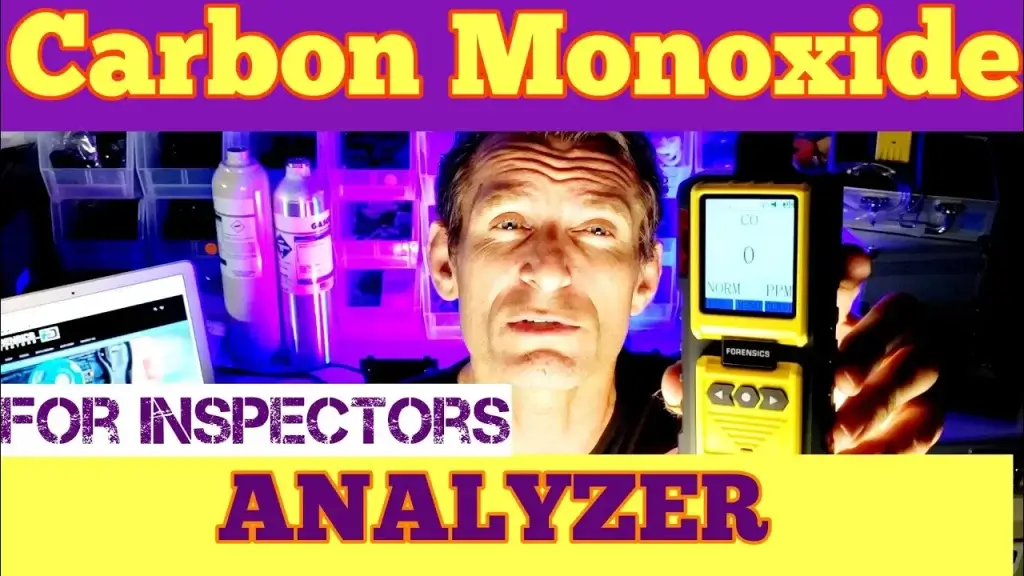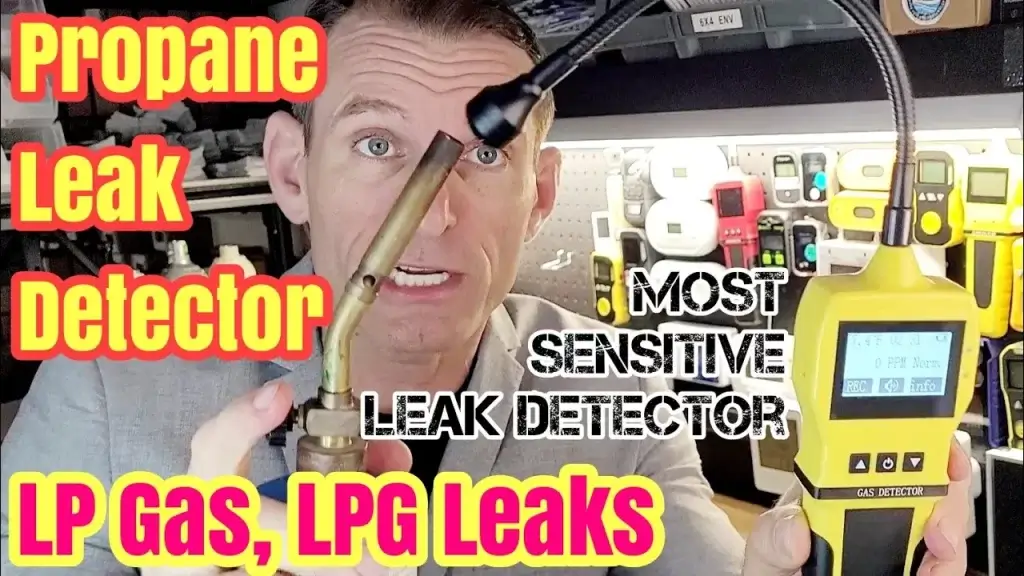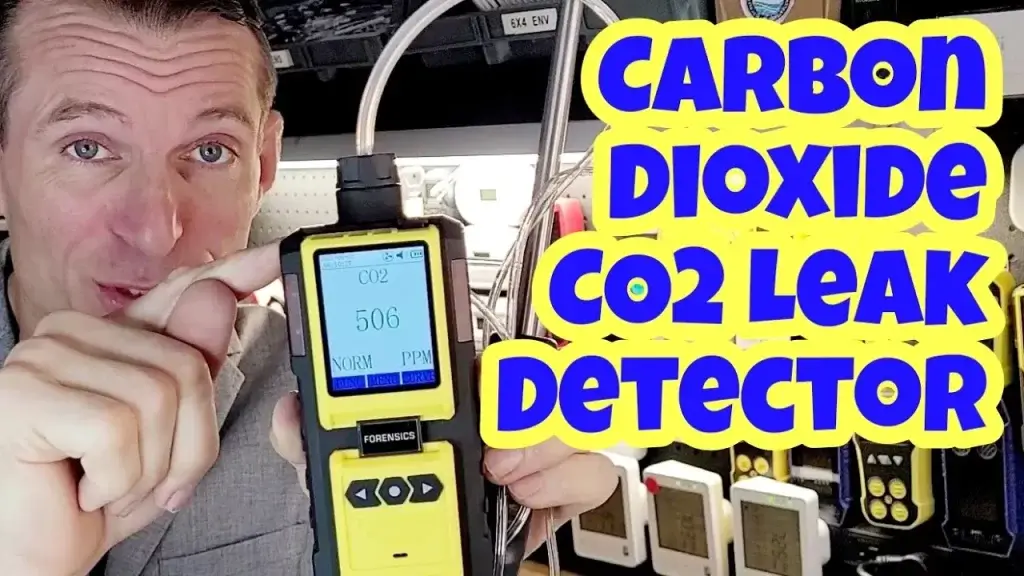Contents
- The Silent Hazard In Commercial Kitchens
- Identifying Sources Of Carbon Monoxide
- Impact Of Carbon Monoxide On Health And Safety
- Regulatory Guidelines For Carbon Monoxide Prevention
- Standards For Ventilation And Air Quality
- Compliance For Food Service Establishments
- Regular Maintenance To Thwart Co Incidents
- Routine Inspection Of Appliances
- Professional Servicing Of Hvac Systems
- Installing Reliable Carbon Monoxide Detectors
- Choosing The Right Co Detector For A Commercial Setting
- Best Practices For Detector Placement And Monitoring
- Cultivating Safety Culture Among Staff
- Training Programs On Carbon Monoxide Risks
- Emergency Protocols And Incident Response
- Leveraging Technology For Enhanced Safety
- Smart Detectors And Mobile Alerts
- Integrating Co-Safety Into Building Management Systems
- Frequently Asked Questions For Preventing Carbon Monoxide Leaks In Restaurants And Commercial Food Facilities
- How Can I Detect Carbon Monoxide In My Restaurant?
- What Are Common Causes Of Co Leaks In Food Facilities?
- Are There Carbon Monoxide Safety Regulations For Restaurants?
- What Immediate Steps Should I Take If I Suspect A Co Leak?
- Conclusion
To prevent carbon monoxide leaks in restaurants and commercial food facilities, ensure regular maintenance of all gas appliances and install CO detectors. Proper ventilation systems are also crucial for safety.
Business owners in the food service industry must prioritize the health and safety of both customers and staff. Carbon monoxide (CO) poisoning is a silent threat in commercial kitchens, largely due to malfunctioning or improperly vented cooking equipment.
It’s essential to conduct routine inspections and upkeep of equipment such as stoves, ovens, and grills to mitigate this risk.
Establishments should follow local regulations, often requiring the presence of carbon monoxide detectors to alert staff of any dangerous CO levels. Additionally, maintaining clear and effective exhaust systems helps to eliminate the risk of CO buildup.
By taking these preventive measures, restaurant owners can ensure a safe working environment, avoiding the potentially fatal repercussions of carbon monoxide leaks.
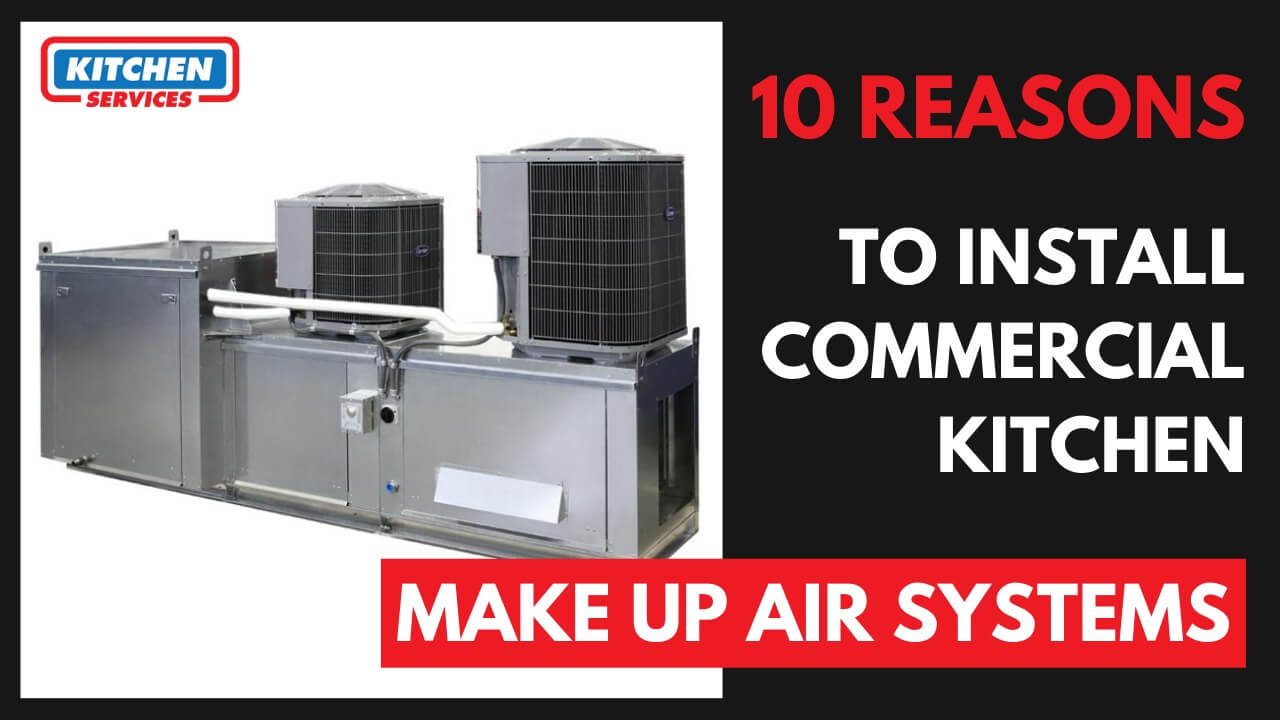
Credit: kitchen.services
The Silent Hazard In Commercial Kitchens
Carbon monoxide (CO) poses a significant threat in commercial kitchens. This colorless, odorless gas can lead to serious health risks. Kitchens must monitor and manage CO levels to ensure the safety of both staff and patrons.
Identifying Sources Of Carbon Monoxide
Carbon monoxide can originate from various kitchen appliances. Common sources include:
- Gas stoves
- Charbroilers
- Gas fryers
Proper ventilation and regular maintenance of these appliances can prevent CO buildup.
Impact Of Carbon Monoxide On Health And Safety
Carbon monoxide exposure can be dangerous. Symptoms of CO poisoning include:
| Symptoms | Severity |
|---|---|
| Headache | Mild |
| Dizziness | Moderate |
Long-term exposure can be fatal. Ensure that CO detectors are installed and functioning correctly.
Regulatory Guidelines For Carbon Monoxide Prevention
Regulatory Guidelines for Carbon Monoxide Prevention play a crucial role in maintaining safety in restaurants and commercial food facilities. These guidelines ensure that establishments adhere to certain standards, reducing the risk of carbon monoxide (CO) leaks. CO, known as the silent killer, is a colorless and odorless gas. Without proper preventive measures, it can prove fatal to both employees and guests. Now let’s delve into the specifics of these regulations.
Standards For Ventilation And Air Quality
Ventilation and air quality standards form the backbone of CO prevention.
- Proper exhaust systems must be in place to remove CO.
- Airflows need continuous monitoring to ensure no gas buildup.
- Regular equipment inspections assure everything works as it should.
- Ensure up-to-date technologies in HVAC systems.
Compliance For Food Service Establishments
To facilitate CO prevention, food service establishments must achieve full compliance. Here is how:
- Install CO detectors in key areas.
- Service combustion equipment yearly or as needed.
- Promote staff training on CO safety measures.
- Maintain proper documentation for inspections and repairs.
| Action Item | Goal | Frequency |
|---|---|---|
| Equipment Check | Ensure Functionality | Annual |
| Calibrate Detectors | Accuracy in Detection | Semi-annual |
| Staff Drills | Preparedness | Quarterly |
By following these regulatory guidelines and ensuring compliance, restaurants and food facilities can prevent the dangers associated with carbon monoxide leaks.
Regular Maintenance To Thwart Co Incidents
Ensuring the safety of patrons and staff in restaurants and commercial food facilities is paramount. Regular maintenance is critical to preventing carbon monoxide (CO) incidents. This odorless and colorless gas can pose significant health risks if not properly monitored and controlled. By implementing a strict regimen of maintenance checks, businesses can safeguard against potential CO leaks.
Routine Inspection Of Appliances
Commercial kitchens rely heavily on gas-powered equipment. These appliances need close examination to detect any signs of CO leaks:
- Check all connections to ensure they are tight and secure.
- Look for cracks or damages in the appliances.
- Monitor flame colors; a blue flame indicates good combustion, while yellow could signal a problem.
- Install CO detectors near appliances to serve as an early warning system.
Professional Servicing Of Hvac Systems
Heating, ventilation, and air conditioning (HVAC) systems circulate air throughout a facility. A compromised HVAC system can distribute CO gas unnoticed. Follow these steps:
- Have HVAC systems inspected annually by a professional.
- Change filters regularly to ensure proper airflow.
- Ensure vents and ductwork are clear of blockages.
Preventive maintenance not only wards off potential CO incidents but also prolongs the life of your equipment. Stay ahead with a consistent and thorough maintenance routine.
Installing Reliable Carbon Monoxide Detectors
Maintaining safety in restaurants and commercial food facilities is crucial. Carbon monoxide (CO) leaks pose a silent threat that can disrupt business and endanger lives. One essential step for protection is installing reliable carbon monoxide detectors. These devices alert staff immediately when CO levels rise, allowing for quick action to prevent potential disasters.
Choosing The Right Co Detector For A Commercial Setting
Selecting the appropriate CO detector is vital. Look for features suited for a busy kitchen environment. An ideal detector is one with strong sensor performance, the ability to function in high temperatures, and resistance to humidity and grease.
- Verify UL certification for commercial use.
- Choose detectors with a long lifespan to ensure durability.
- Pick models with loud alarms and clear displays.
Best Practices For Detector Placement And Monitoring
Correct placement of CO detectors maximizes their effectiveness. Commercial kitchens must follow strict guidelines for detector locations.
| Placement Tip | Details |
|---|---|
| Near the ceiling | CO is slightly lighter than air, so high placement is effective. |
| Away from cooking equipment | Avoid false alarms by placing detectors at least 15 feet away from stoves and ovens. |
| Near the breathing zone | Install detectors at about 5 feet from the floor to detect CO at the breath level. |
Monitoring systems should be checked regularly. Weekly tests ensure maximum operational safety. Keeping a maintenance log helps track the detector’s condition and alarm history.
- Conduct functional tests using CO test kits to simulate the presence of CO.
- Replace batteries annually, or as per the manufacturer’s instructions.
- Calibrate sensors as required to maintain accuracy.
Cultivating Safety Culture Among Staff
Establishing a robust safety culture within a restaurant or commercial food facility is critical. It ensures that employees treat carbon monoxide (CO) risks with the seriousness they deserve. A strong safety culture is key in preventing CO leaks that can harm staff and patrons alike. Training and clear protocols play pivotal roles in fostering this environment.
Training Programs On Carbon Monoxide Risks
Comprehensive training is the foundation of a safety-oriented mindset. Employees must understand the dangers carbon monoxide poses. These programs should cover what CO is, its sources in a kitchen, and its health effects. Regular training sessions bolster awareness and safety practices.
- Identify CO sources: Ovens, grills, and other gas-operated equipment.
- Recognize symptoms: Headaches, dizziness, and nausea signal CO exposure.
- Use detection tools: CO detectors should be installed and maintained regularly.
Emergency Protocols And Incident Response
Every second counts when a CO leak occurs. A set emergency protocol ensures a quick and efficient response, minimizing risk. All team members must know these steps.
- Evacuate immediately: Ensure everyone leaves the affected area.
- Shut down potential sources: Turn off all cooking appliances securely.
- Contact authorities: Alert fire services and paramedics at once.
Drills and exercises help staff internalize these procedures. Regular updates keep these protocols fresh in the team’s minds. This preparation can save lives.

Leveraging Technology For Enhanced Safety
Leveraging Technology for Enhanced Safety is critical in any restaurant or commercial food facility operation. Carbon monoxide (CO) is a silent threat, but modern advancements have made it possible to detect and prevent leaks effectively. Let’s explore how cutting-edge solutions can safeguard staff and customers.
Smart Detectors and Mobile Alerts
Smart Detectors And Mobile Alerts
Smart CO detectors represent the forefront of safety tech. These devices offer real-time monitoring and quick alert systems. They are essential tools for ensuring restaurants remain hazard-free zones.
- 24/7 Monitoring: Devices track CO levels continuously.
- Instant Notifications: Alerts get sent directly to phones or other devices.
- Connectivity: Integration with Wi-Fi allows remote supervision.
Smart detectors ensure that any CO spike triggers immediate action. Staff can respond faster to potential dangers, ensuring customer and team safety.
Integrating CO Safety into Building Management Systems
Integrating Co-Safety Into Building Management Systems
Integrating CO detection within a building’s management system further enhances safety. This approach centralizes control, making it easier to manage potential risks.
- Central Monitoring: All CO detectors report to one system.
- Automated Responses: Systems can trigger ventilation or alarms automatically.
- Maintenance Alerts: Facilities get reminded of detector check-ups.
By tying in CO monitoring with existing building systems, facilities gain a comprehensive safety network. This creates a more secure environment for all.
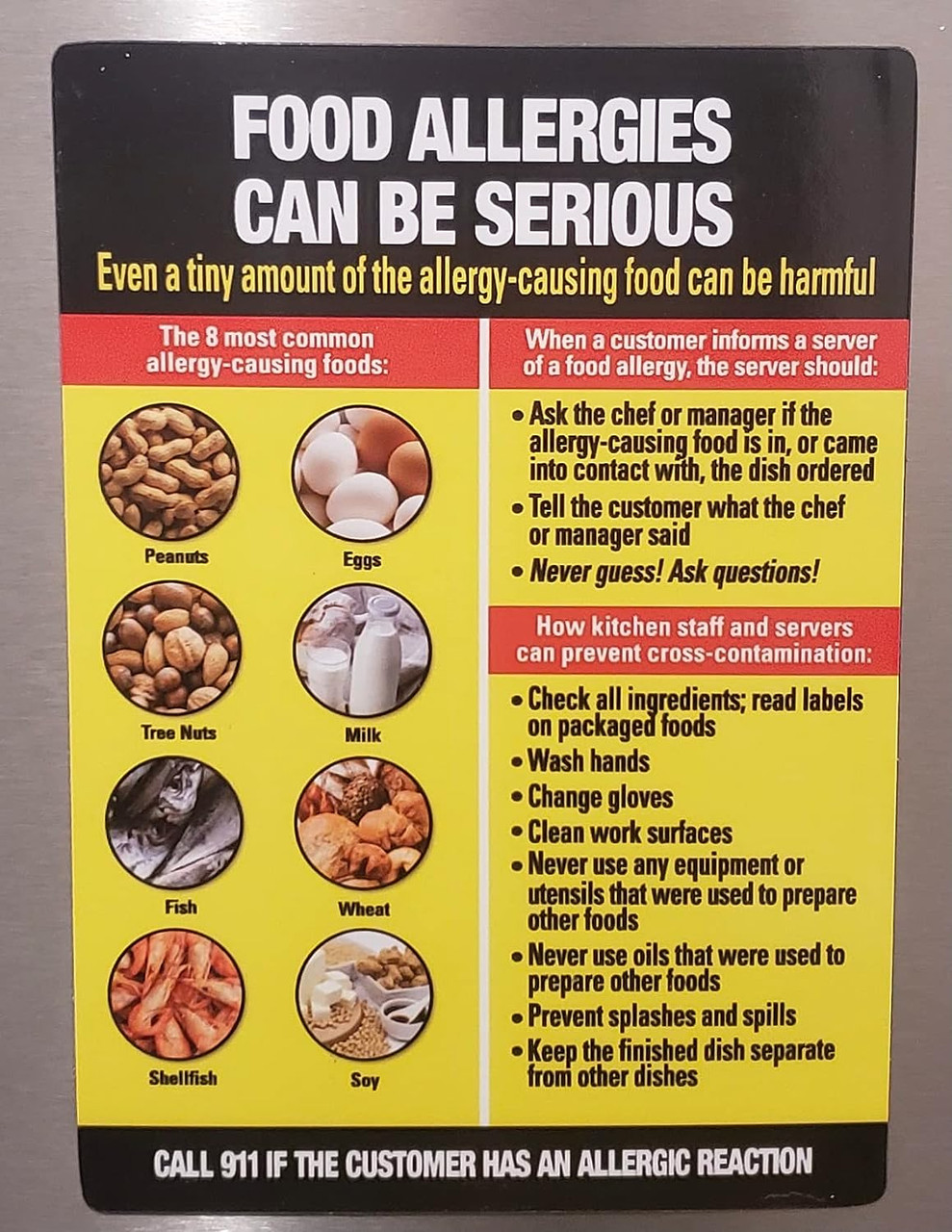
Credit: hpdsigns.nyc
Frequently Asked Questions For Preventing Carbon Monoxide Leaks In Restaurants And Commercial Food Facilities
How Can I Detect Carbon Monoxide In My Restaurant?
Carbon monoxide detectors are key for safety in commercial kitchens. Install them near combustion equipment and change batteries regularly. Schedule professional inspections to ensure all appliances function properly and vent CO effectively.
What Are Common Causes Of Co Leaks In Food Facilities?
Common causes include poorly maintained combustion equipment, like ovens, stoves, and grills. Blocked or inadequate venting also leads to carbon monoxide buildup. Regular maintenance and proper ventilation are crucial for prevention.
Are There Carbon Monoxide Safety Regulations For Restaurants?
Yes, there are safety regulations that vary by region. They typically require proper installation and maintenance of equipment, adequate ventilation, and CO detectors. Check with local authorities for specific guidelines to ensure compliance.
What Immediate Steps Should I Take If I Suspect A Co Leak?
If you suspect CO presence, immediately ventilate the area and evacuate staff and patrons. Turn off all combustion devices, call emergency services, and contact a professional to investigate the source of the leak.
Conclusion
Vigilance in the kitchen can save lives. Implementing regular inspections, installing CO detectors, and proper staff training are key. Protecting your patrons and workforce from carbon monoxide is both a legal and ethical imperative. Let’s ensure every meal out remains a safe, enjoyable experience for all.
Stay proactive against this silent hazard.

